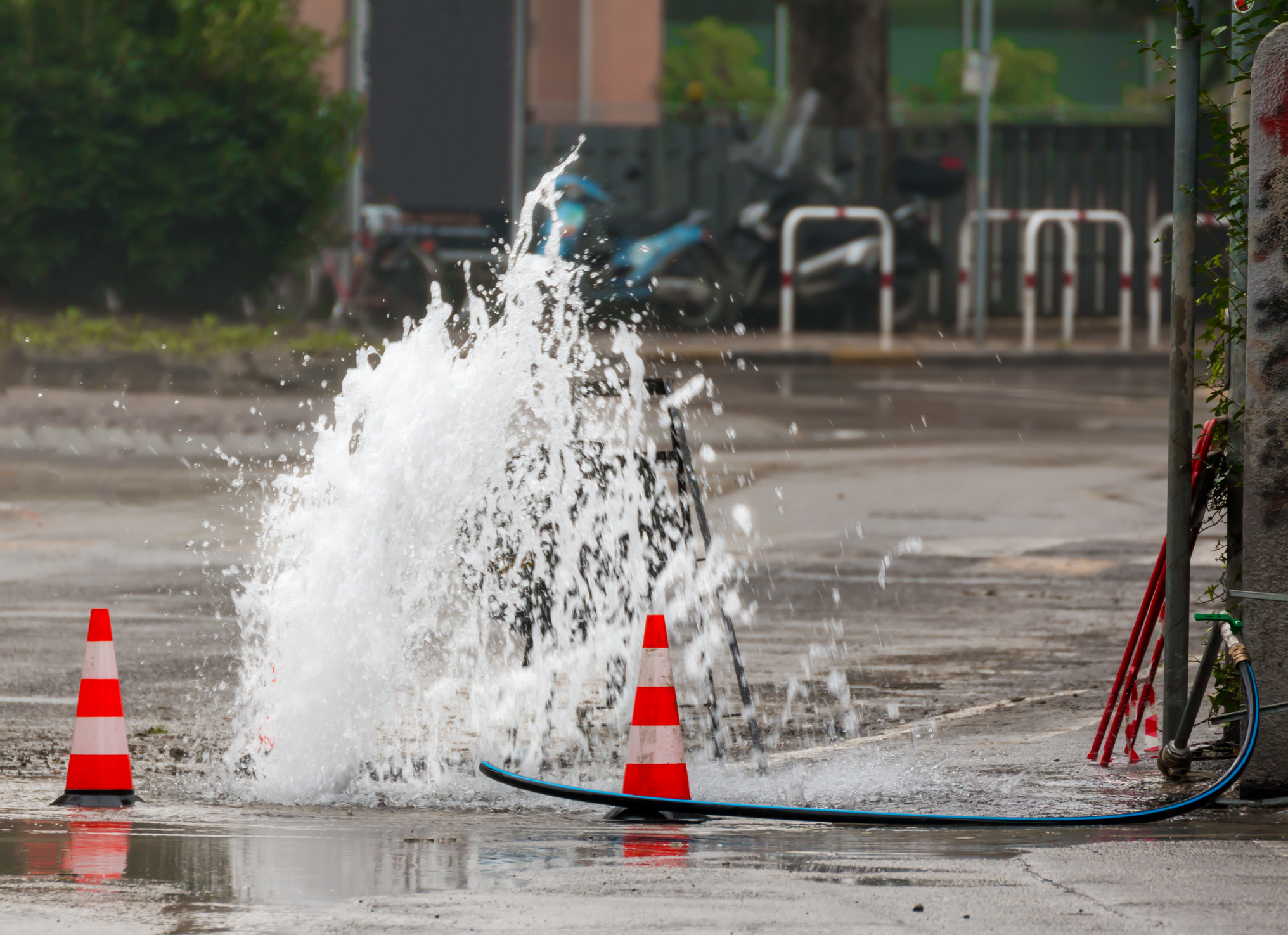
The inFRA Advantage
FAST or Accurate ?
The two existing best practice approaches involve either one-dimensional (1D) or 2D modelling. However, with either there is an unacceptable trade-off between the speed and accuracy when multiple runs are required. The 1D models are fast but suffer from oversimplification of flood flows which are assumed to be unidirectional. However, actual flooding results in divergent/recombining paths and ponding, which limits the 1D model’s capability to accurately and realistically predict flood depths, velocities and extents, all key indicators of risk to life and property. While being more accurate, the existing 2D models are computationally expensive, requiring hours or even days to complete each simulation.
You Can Now have both !
Using the new concept of “Cellular Automata”, University of Exeter researchers developed a fully dynamic 2D model (CADDIES). This takes advantage of the local interaction between water levels surrounding each square grid cell togrther with the huge amount of freely available high-resolution LiDAR data. As a result, the IinFRA solution produces complex dynamically 2D flood extents and ponding areas at the very fastest speeds, while maintaining the highest accuracy levels. It closely matches the output of industry standard commercial software and is 20 times faster than conventional 2D methods.
Hi Resolution
LiDaR Data
is Freely Available
